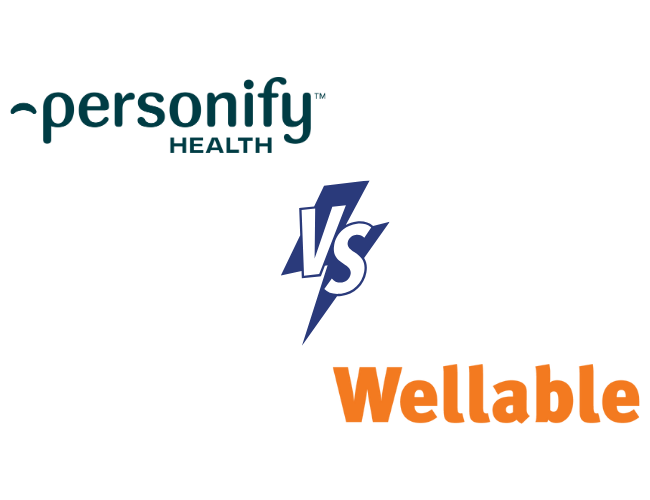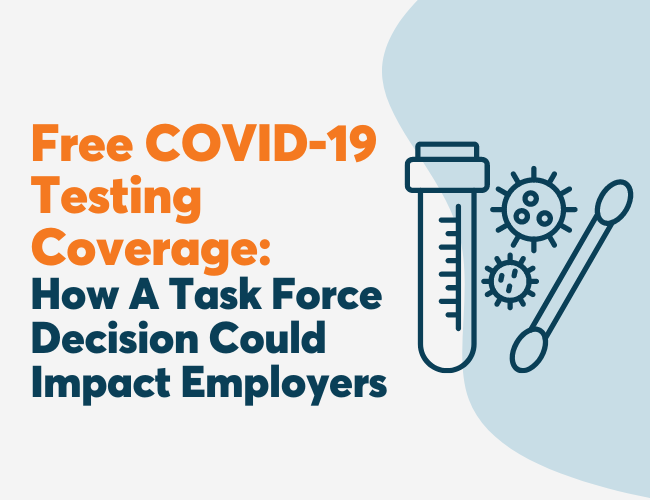HHS Finalizes Employee Wellness Regulations
Estimated reading time: 2 minutes
This article is over 12 years old
The U.S. Departments of Health and Human Services, Labor and the Treasury released final rules describing the standards for employee wellness programs and rewards associated with them as part of the Affordable Care Act. The final rules will take effect for plan years beginning on or after January 1, 2014.

Below is a summary of the key provisions in the final rules.
- Outlines amended standards for nondiscriminatory health-contingent wellness programs
- Requires individuals to meet a specific standard related to their health to obtain a reward
- Wellness programs must follow certain rules
- Must be reasonably designed to promote health or prevent disease
- Must be reasonably designed to be available to all similarly situated individuals
- Must be given notice of the opportunity to qualify for the same reward through other means
- Supports workplace wellness programs, including participatory wellness programs, which generally are available without regard to an individual’s health status
- Increases the maximum permissible reward under a health-contingent wellness program from 20% to 30% of the cost of health coverage and further increases the maximum reward to as much as 50% for programs designed to prevent or reduce tobacco use or if federal regulators determine that such an increase is appropriate
- Rule applies to employer group health plans and to health insurance issuers offering group health insurance coverage
Other Articles In Wellness Regulations
Understanding The Family And Medical Leave Act (FMLA): A Comprehensive Guide For Employers
The Family and Medical Leave Act (FMLA) is an important law that provides employees with the opportunity to take unpaid leave for certain family and medical reasons while protecting their job security. As an employer, it is crucial to have a comprehensive understanding of the FMLA to ensure compliance and properly support your employees. This […]
Australia Proposes ‘Right To Disconnect’ To Protect Work-Life Balance
Australia introduced the ‘Right to Disconnect’ legislation, setting a global standard for work-life balance. Explore implications and next steps for employers.
Ruling Set To Disrupt Real Estate Commissions, Potentially Other Industries
A recent ruling questions the real estate industry’s commission-based compensation model. What does this mean for similar commission-based sectors?
Closing The Gender Pay Gap: Claudia Goldin’s Nobel Win & Strategies For Employers
Claudia Goldin won the Nobel Prize for her gender pay gap studies. Despite progress, the wage gap persists. Explore how employers can help bridge the divide.
Beyond The 401(k): The Full Potential Of Employee Financial Wellness
62% of workers see inflation as a barrier to securing their retirement. How can employers help their workforce navigate modern retirement amid market volatility?
Free COVID-19 Testing Coverage: How A Task Force Decision Could Impact Employers
While the pandemic is in the rearview mirror, the USPSTF is on the brink of recommending widespread COVID-19 screening. How will this impact employers?
Wellness Program Regulations For Employers
Make sure your wellness program is in compliance with these important regulations before launching. Noncompliance can lead to costly fines and lawsuits.
Yale University Settles Workplace Wellness Lawsuit
As Yale settles its workplace wellness lawsuit and the employee wellness regulatory landscape shifts, more settlements are likely to come. Learn more about the settlement, wellness regulations, and the future of wellness programs.
U.S. Federal Appeals Court Upholds COVID-19 Mandate, Supreme Court Challenge Looms
On December 17, the 6th U.S. Circuit Court of Appeals in Cincinnati blocked an injunction against OHSA’s COVID-19 vaccine mandate. Find out what this means for businesses across the country.
California Passes Bill To Shorten Mental Health Care Lines
With some patients waiting nearly three months for an appointment, long wait times have become one of the primary factors limiting access to mental health care. Learn how California legislators plan to combat this problem and what can be done to support similar initiatives in other states.












